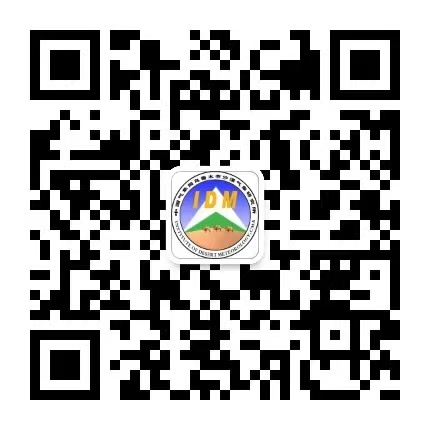
Research Highlight

Background: Dust events significantly impact arid regions, causing air pollution and meso- to large-scale climatic alterations. While ground-based lidars (measuring optical intensity, backscatter, depolarization ratio, extinction coefficient, dual-wavelength ratios) have been extensively used to study dust storms, transport, aerosol properties, and climate effects, continuous, long-term observations of dust storms and floating dust in the Taklimakan Desert using Coherent Doppler Wind Lidar (CDWL) were previously lacking. Such observations are crucial for quantifying the contribution of dust weather to regional atmospheric dust aerosols and assessing their impact on regional and global change.
Methods: This study conducted an atmospheric boundary layer observation experiment using two CDWLs located at Minfeng (MF; southern Taklimakan Desert) and Yeyik (YYK; northern Tibetan Plateau). The applicability of CDWL for wind field and Planetary Boundary Layer Height (PBLH) observations under dust, precipitation, and clear-sky conditions was evaluated. Surface CDWL data from both sites (May-August 2021) were analyzed. Concurrently, GTS radiosonde observations from the Minfeng National Basic Meteorological Observatory were performed. Comparative analysis of wind fields and PBLH derived from CDWL and radiosonde data assessed CDWL accuracy and applicability in the Minfeng region.
Key Results:
1. CDWL demonstrated good applicability for wind field observation during dust storms, floating dust, and clear-sky conditions, providing more reliable u-component than v-component wind measurements.
2. Cluster analysis of PBLH retrievals indicated higher dust weather frequency (≈50-70%) during periods of successful PBLH inversion compared to clear skies. More valid samples were obtained at 20:00 local time than at 08:00. During clear days with well-developed boundary layers, PBLH often exceeded the CDWL's maximum effective detection height, leading to systematic underestimation.
3. Within its effective detection range, CDWL retrieved PBLH more effectively during dust events and precipitation than under clear skies. PBLH retrievals at 20:00 were generally more reliable than those at 08:00, with all comparisons passing significance tests.
Conclusion: The study demonstrates the effective use of CDWL for atmospheric boundary layer monitoring, particularly during dust events, at the ecologically sensitive northern Tibetan Plateau margin.
Citation: Song, M.; Wang, Y.; Mamtimin, A.; Gao, J.; Aihaiti, A.; Zhou, C.; Yang, F.; Huo, W.; Wen, C.; Wang, B. Applicability Assessment of Coherent Doppler Wind LiDAR for Monitoring during Dusty Weather at the Northern Edge of the Tibetan Plateau. Remote Sens. 2022, 14, 5264. DOI: 10.3390/rs14205264
Funding: Supported by the Desert Meteorology Science Foundation of China (Sqj2021007), the Basic Research Fund of the State-Level Public-Interest Research Institute (IDM2021001), and the National Natural Science Foundation of China (41875023, 42030612).
Full text link: https://doi.org/10.3390/rs14205264

0991-2652429

desert@idm.cn

新疆维吾尔自治区乌鲁木齐市建国路327号


Scan to follow
us on WeChat